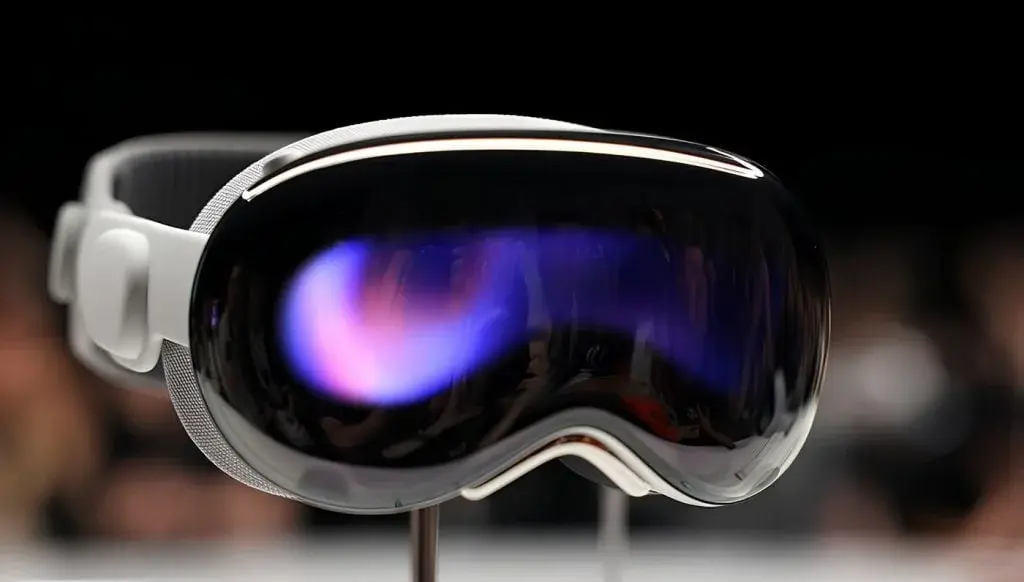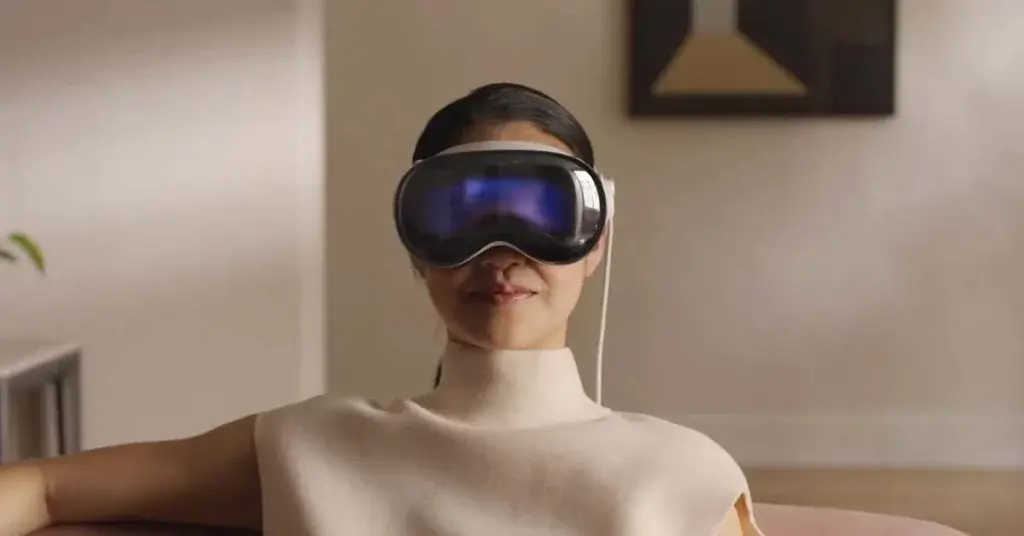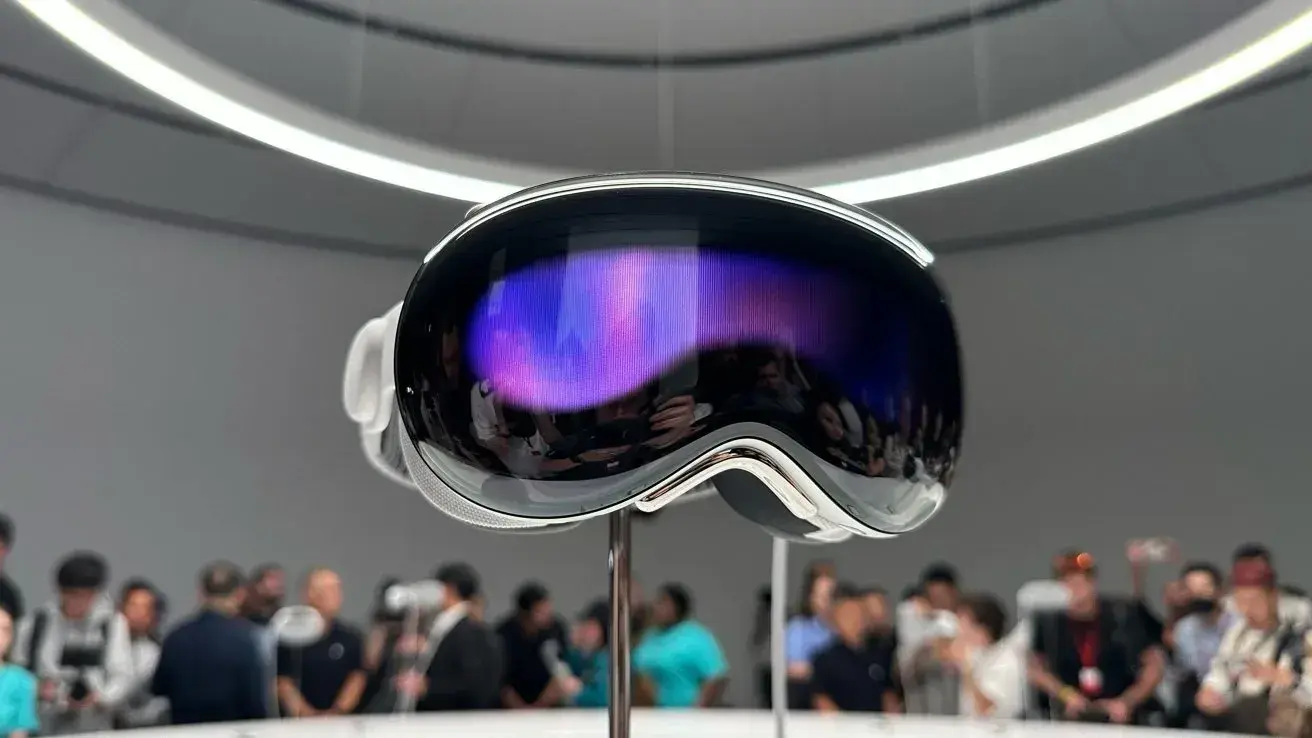Apple Turns to Chinese Suppliers for its Vision Pro Headset
Apple is set to rely heavily on its supply chain in mainland China for its highly anticipated mixed reality (MR) headset, the Apple Vision Pro. Recent reports indicate that a significant 60% of the components for the Vision Pro will be sourced from Chinese suppliers, marking a departure from Apple's recent supply chain diversification efforts. This shift highlights the increased involvement of Chinese suppliers, particularly in the development of innovative products like the Vision Pro.
A Shift in Supply Chain Strategy
The Vision Pro, set for mass production in December, has an ambitious sales target of 1 million units in 2024, with the aim of reaching 10 million units by the third year. To achieve this, Apple has chosen to source a substantial portion of its components from China, a notable change compared to the iPhone 15 series.
Key Chinese Suppliers
Lingyi Intelligent Manufacturing, a prominent Chinese supplier, will play a crucial role in the production of the Vision Pro. They will provide components such as heat sink modules, headbands, eye masks, and nose pads, valued between $250-300 per unit. Another key supplier, Lixun Precision, will handle exclusive OEM assembly and contribute components valued at approximately $150-200 per unit.
Benefits of Chinese Supply Chain
The involvement of Chinese supply chain companies in the development and prototype stages of the Vision Pro headset has showcased their remarkable flexibility and capabilities. This has played a pivotal role in winning Apple's favor and CEO Tim Cook has publicly expressed his preference for mainland supply chains, especially in the creation of innovative products.
By sourcing a majority of components from China, Apple stands to benefit from reduced production costs, potentially enabling the company to lower the overall cost of the Vision Pro. This strategic relocation of the supply chain to China marks a significant shift and highlights Apple's confidence in the capabilities of Chinese suppliers.
In conclusion, Apple's decision to heavily rely on Chinese suppliers for the Vision Pro headset represents a departure from its recent supply chain diversification efforts. With an ambitious sales target and the aim to reach millions of units in the coming years, Apple is placing its trust in the flexibility and capabilities of Chinese supply chain companies. This strategic move is expected to reduce production costs and potentially lower the overall cost of the Vision Pro for consumers.




